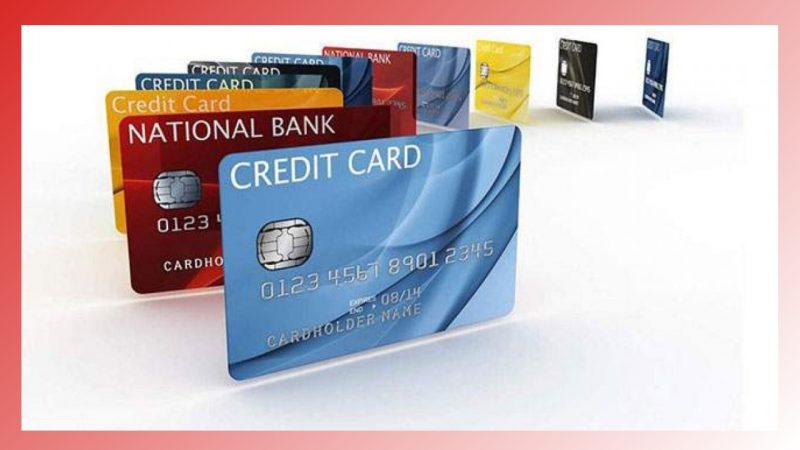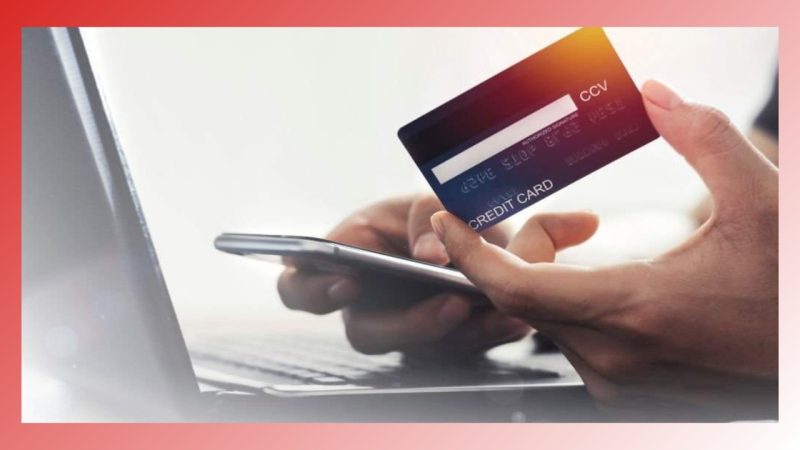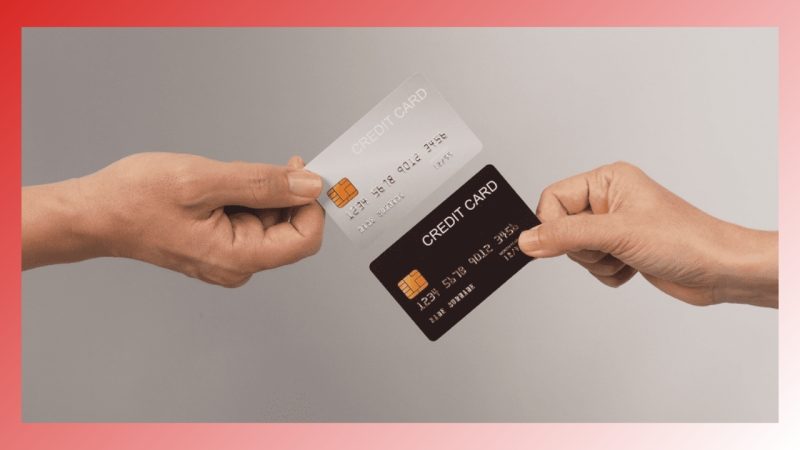Having good credit can help you a great deal when it comes to picking out a credit card. But if financial setbacks or poor payment history have damaged your creditworthiness—or if you simply haven’t established a credit history—then your ability to borrow funds is hampered.
Keep in mind, though, that improving your creditworthiness is possible, and one of the simplest ways to do it is to use a secured credit card. Building credit with a secured credit card can help you access credit cards that offer higher credit limits and rewards.
What is a secured credit card?
Did you know that not all credit card offers are created equal? Credit card offers that tempt applicants with generous rewards programs are typically tailored to borrowers with long and strong credit histories. Elite travel rewards credit cards often fall in this category. Apply for one of these credit cards with no credit history and you may find yourself denied – no matter how trustworthy you are, or how much ability you have to repay your credit card statement balance.
Consider building your credit with a secured credit card instead. With a secured credit card, you’ll provide your credit card issuer with a security deposit after you’re approved. The credit limit on your new secured credit card will equal the amount of your security deposit. The security deposit protects the credit card issuer in case you don’t pay your statement balance, and that’s what makes them easier to qualify for – even if you have no credit history.
Unlike secured cards, unsecured credit cards don’t require a security deposit. But because both secured and unsecured credit card issuers report your purchase and repayment activity to credit bureaus, they can both help you build your credit history.

What is the difference between a secured and an unsecured credit card?
The core difference between secured credit cards and unsecured credit cards is that secured credit cards require a security deposit while unsecured credit cards don’t. Other details such as rewards, interest rates, and your credit line will vary depending on your card issuer and the card you apply for.
Aside from the security deposit, a secured credit card works the same as an unsecured credit card. You can spend with your secured credit card anywhere it’s accepted for payment – including hotels, restaurants, grocery stores, and other retailers – up to your credit limit. During months where you carry a balance, you’ll need to repay at least the minimum payment on or before the due date, and preferably more.
What are the pros of secured credit card?
Since secured credit cards require a security deposit, you’re more likely to be approved for a secured card than an unsecured credit card if you have little or no credit history.
Secured credit cards can also help prove your readiness for an unsecured card. After using a secured credit card responsibly for a while, you may be able to improve your credit history.
How to build credit using a secured credit card in 4 steps
1. Apply for a secured credit card
When selecting a secured credit card, you should first choose the card that works for you. Your secured credit card should report credit activity to all three major credit bureaus in order to help you build credit. Other things to look for in a secured credit card are no annual fee, purchase protection and credit score tracking.
After selecting your card, the issuer will likely check your credit and income and then require a cash deposit. This deposit is placed into a secure account and will be returned to you after closing your card while in good standing or when changing to an unsecured credit card offering if possible through your credit card issuer.
2. Use your secured credit card, but not too much
Once you’ve paid your security deposit and received your secured credit card, make a habit of using it regularly – don’t save it for emergencies. That’s because regular, controlled credit card spending and repayment habits help build credit. Consider using your new credit card at places like the gas station so you can more easily anticipate what your month‐end balance might be. Save your receipts and check your balance regularly, keeping your balance low. But no matter how high your balance grows, make sure you have a plan to pay it off.
If you pay your statement balance in full and on time, using your credit card for purchases won’t increase the cost of the goods or services you buy. If you don’t pay your statement balance in full and on time, you may pay interest charges or late fees. These can add up quickly. Late payments and carrying over high balances from month to month can also damage your credit score, so paying attention to the amount you spend and when you repay is important in order to use a secured credit card successfully to build credit.

3. Make your credit card payments on time, all the time
The most important habit to practice with your new secured credit card is to pay your statement balance on time, every time. Late payments account for over one‐third of your credit score. Your credit score is a three‐digit number that helps lenders assess your trustworthiness as a borrower. Although other factors such as balances owed and age of credit accounts are also important, establishing a history of on‐time payments is essential to building strong credit history, and that can help save you money in time.
Note your statement due date when you first get your credit card and mark it on your calendar. Your credit card issuer may also send you electronic reminders, paper statements, or both. Mobile payment apps can also help keep you on track. Try to pay your statement balance in full if you can, remembering that balances owed count toward your credit history, too – but at the very least, make sure to make the minimum payment, on time. Making an active effort to pay off your credit card bills through steps like these will help you build credit with your secured card.
4. Monitor your credit score
As you get used to your credit card, it’s a good idea to monitor your credit score and history. Over time, you may see how using your secured credit card responsibly helps improve your credit score. Your credit card issuer may give you free access to a credit score. With on‐time payments and controlled spending, you may watch your score improve as time passes, which may help you qualify for unsecured credit cards.
If you’ve been monitoring your score and you notice it dropped suddenly, review your credit reports. When you practice disciplined spending and repayment habits with your credit card, it can help you reap the rewards of a strong credit history.
How long does it take to build a credit history with a secured credit card?
A new credit account may take about a month to appear on your credit report. If you’re starting out with no credit history, then you may have your first credit score after about six months of credit card use.
Even if you’ve started with a blank slate and maintained an excellent payment history for the first six months, your credit score may not be where you want it just yet. There are other factors that impact your credit score including the length of your credit file, your credit mix and your credit utilization.
If you’re hoping to repair a credit score that has been damaged by financial setbacks, the timelines can be longer. A year or two with regular, timely payments and good credit utilization can push your credit score up. However, bankruptcies, collections, and late payments can linger on your credit report for anywhere from seven to ten years.

That said, you may not have to use a secured credit card throughout your entire credit building process. Your goal may be to repair your credit to the point where your credit score is good enough to make you eligible for an unsecured credit card. To that end, you’ll need to research factors such as any fees that apply to the unsecured credit cards you’re considering.
There is no quick fix to having a great credit score. Building good credit with a secured credit card takes time and diligence, but as you start to enjoy the benefits of improved creditworthiness, you’ll see that having healthy credit is worth the effort.
If you’re looking for a secured card to start building credit with, the Citi® Secured Mastercard is a smart choice and provides tools to support timely payments, such as the ability to choose your payment due date and AutoPay.
Disclosure: This article is for educational purposes. It is not intended to provide legal, investment, or financial advice and is not a substitute for professional advice. It does not indicate the availability of any Citi product or service. For advice about your specific circumstances, you should consult a qualified professional.


